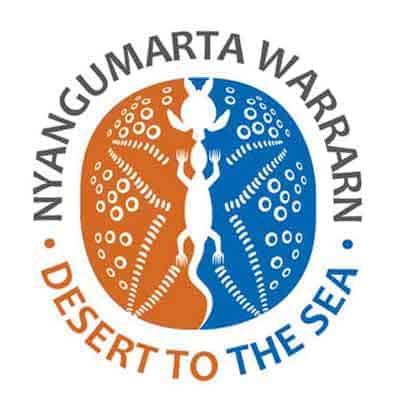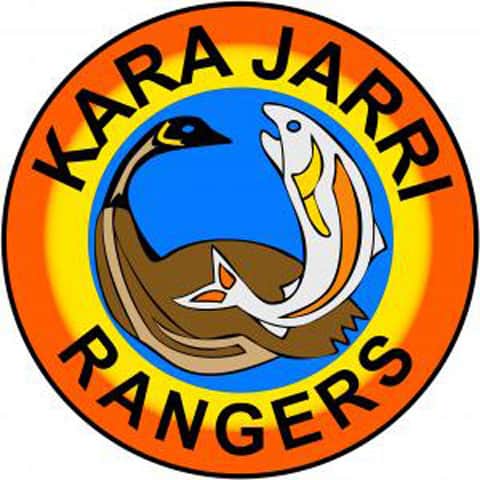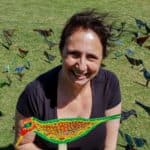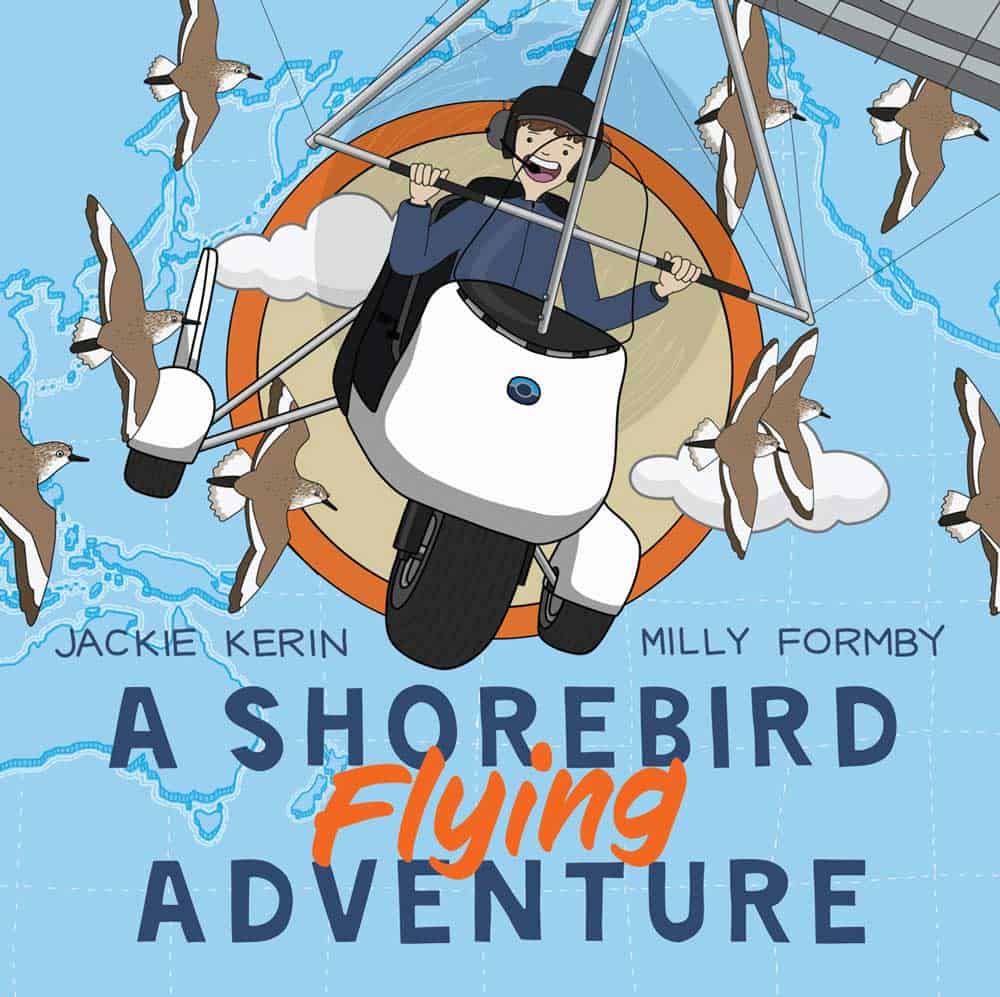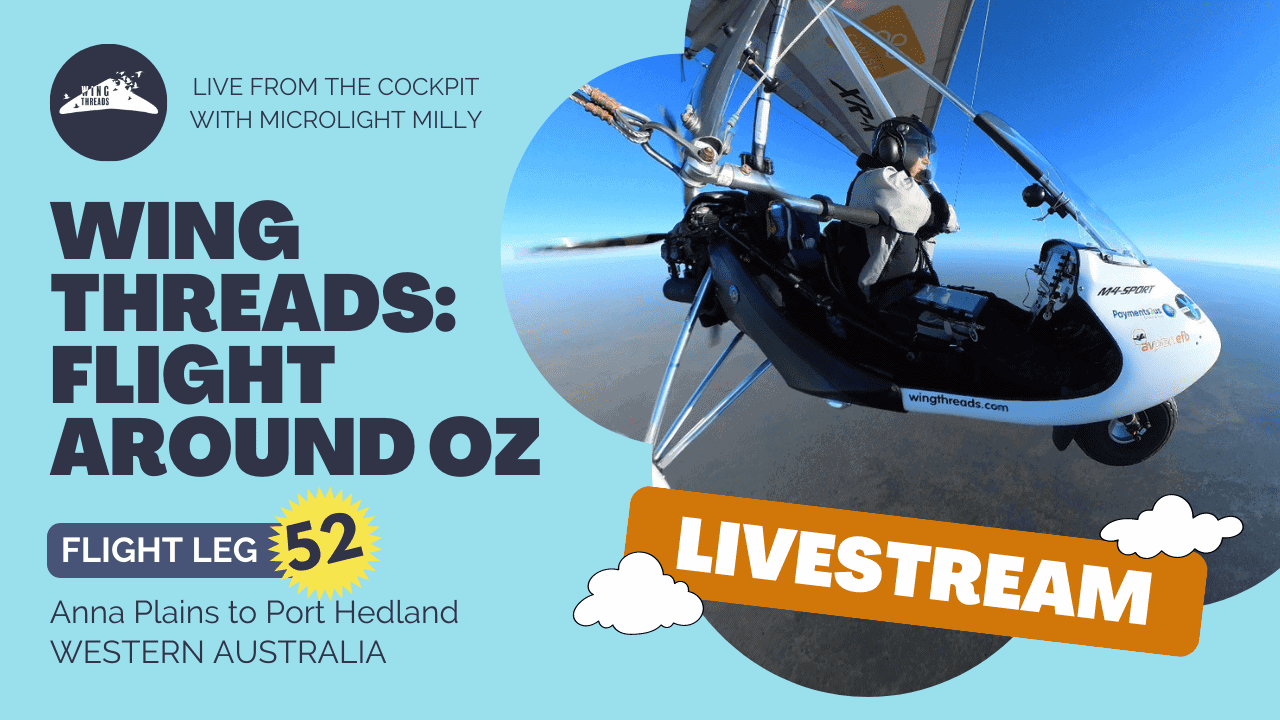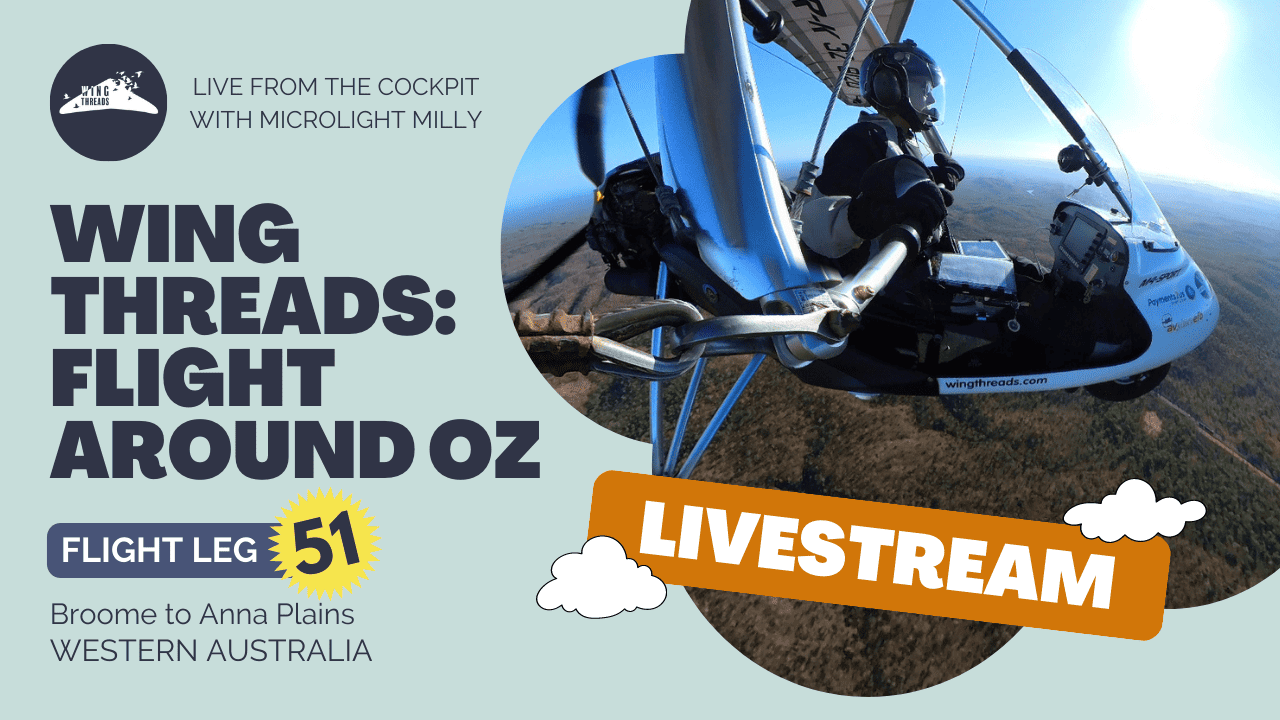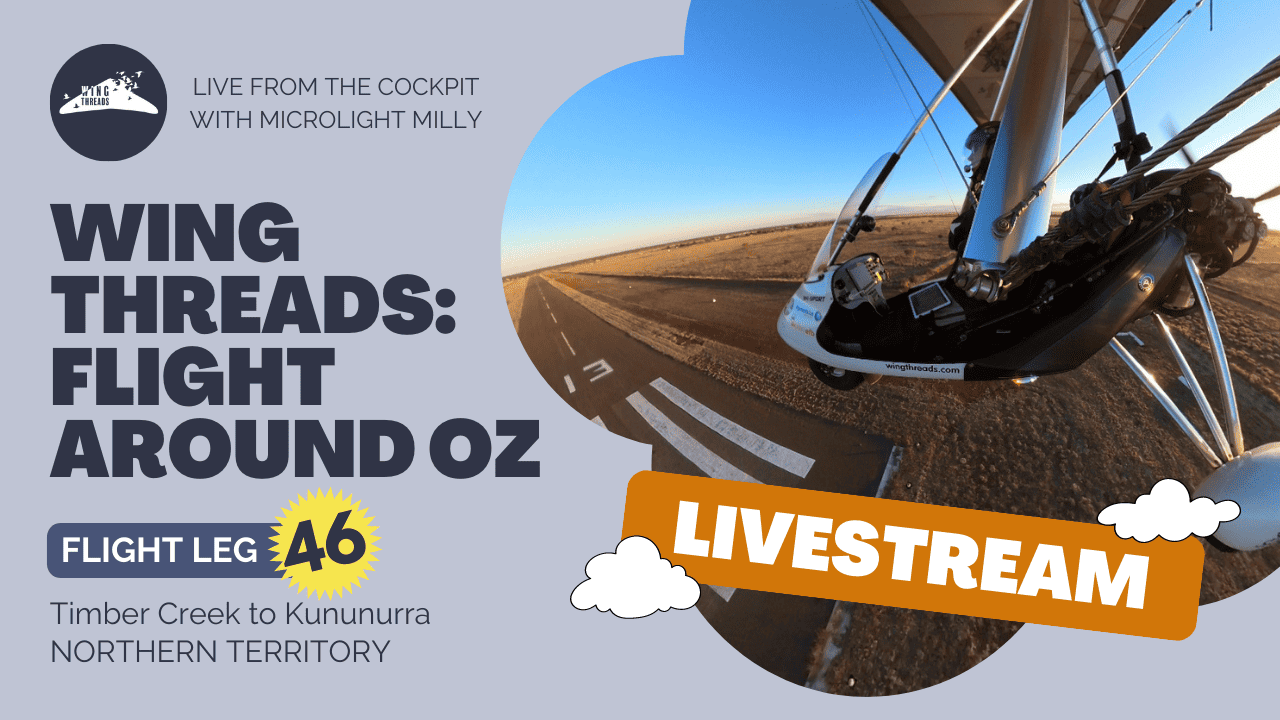Making the big move
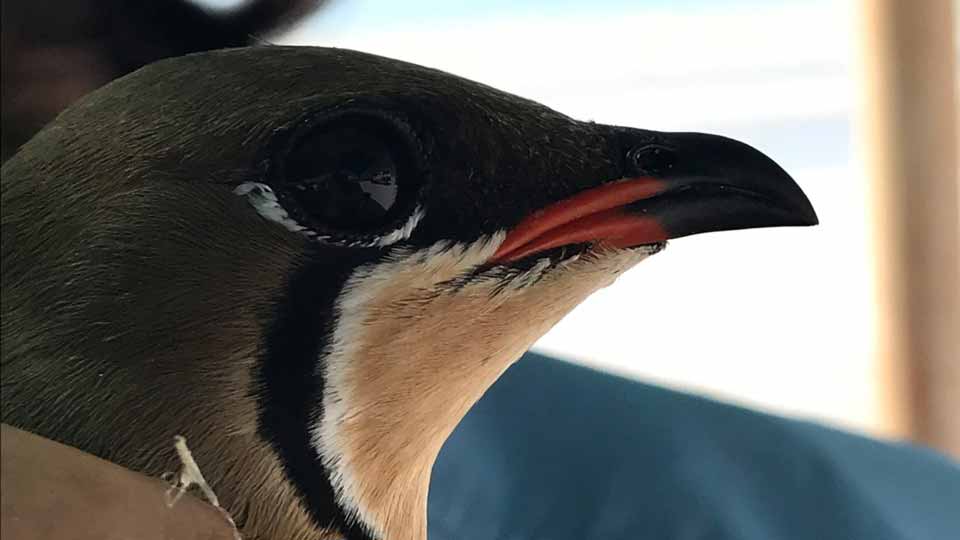
SUN, SHE and SEC are now in Cambodia with up to 160km between them (Figure 1a.). SHE and SUN are both in the Tonle Sap Biosphere Reserve, with SEC remaining in the Prey Veng Province. SEP has made a big move to India (Figure 1b.).


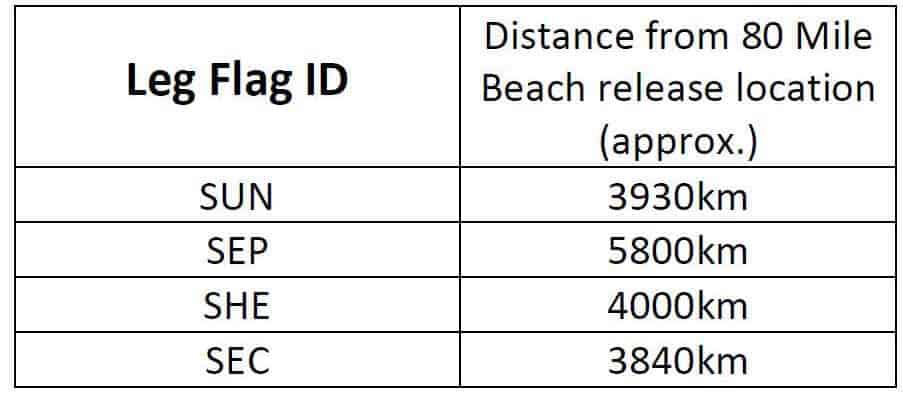
Oriental Pratincoles on the move
Where there's water
Leg Flag SUN (PTT 83591)
On the 30th March, SUN was in the Mekong River Delta region of Vietnam. Data received on the 5th April indicates SUN is now located another 340km north in the southern area of the Kampong Thom Province in the Baray District of Cambodia, 90km north of Phnom Penh (Figures 2a. & 2b.).
The Kampong Thom Province is the second largest province in Cambodia, within the Tonle Sap Biosphere Reserve, where rice paddies and aquaculture dominate the landscape. SUN is 100km east of SHEs western Tonle Sap location of the past six weeks. SUN is approximately 3930km from the 80 Mile Beach release site in North West Australia.
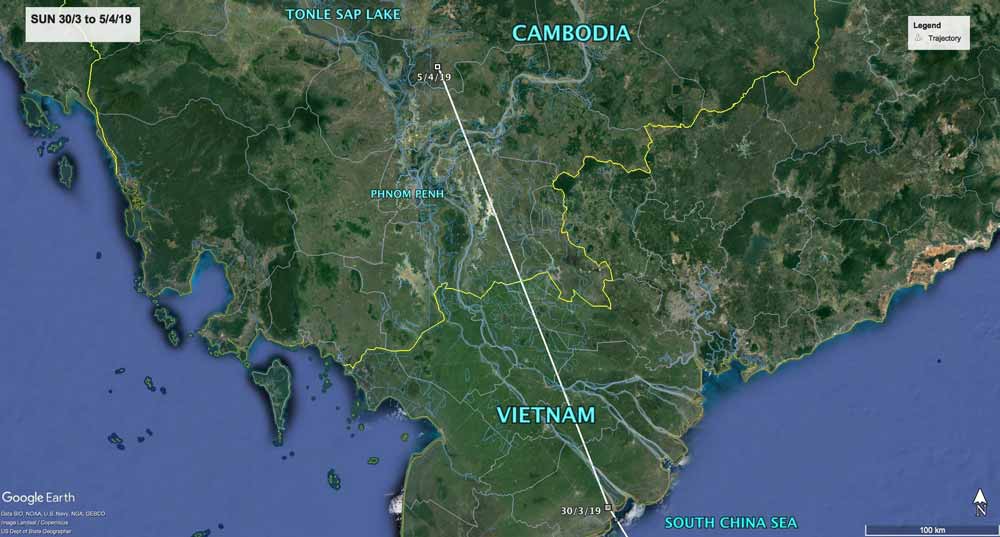
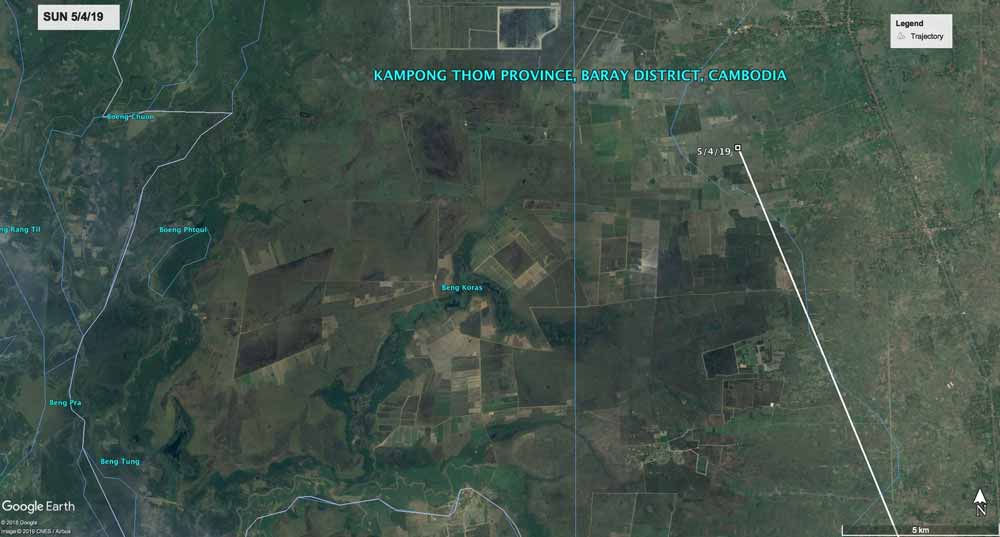
From plain to plain
Leg Flag SEP (PTT 83593)
From the 22nd March, SEP was located in the Nakhon Ratchasima Province, Thailand. Around the 1st April SEP left Mainland Southeast Asia and flew towards India (Figure 3a.).
The latest data from the 6th April finds SEP on the coastal plains of Odisha, a state in East India approximately 1815km north west of its Thailand location. Unlike the remote and isolated coastal plains of Eighty Mile Beach, the District of Kendrapara, where SEP is currently located, consists of predominately agricultural allotments (legumes, rice and jute), with many small villages nearby (Figure 3b.). However a similarity does exist in the frequent weather events, including cyclones, flood and drought that occur in both regions. Sep is currently 5800km from the 80 Mile Beach release site.
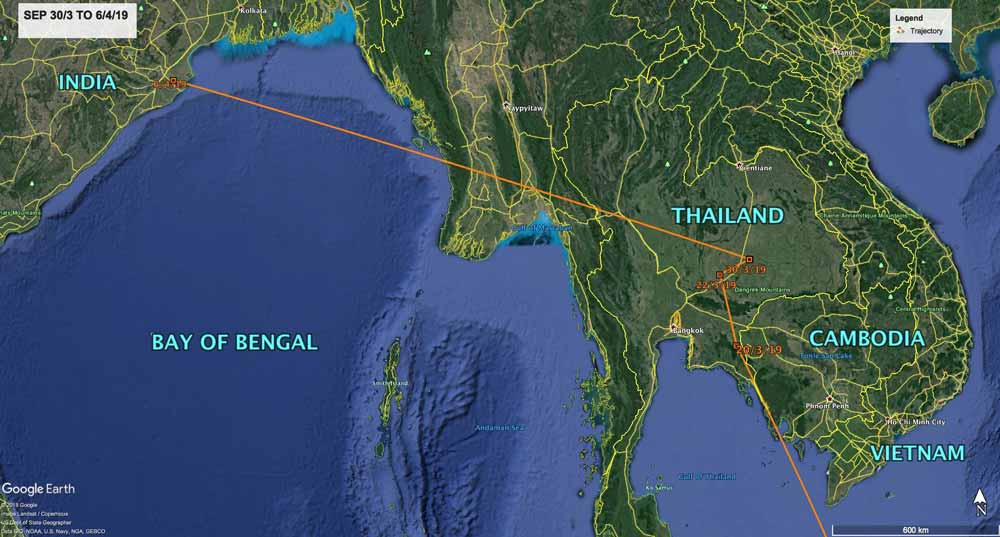
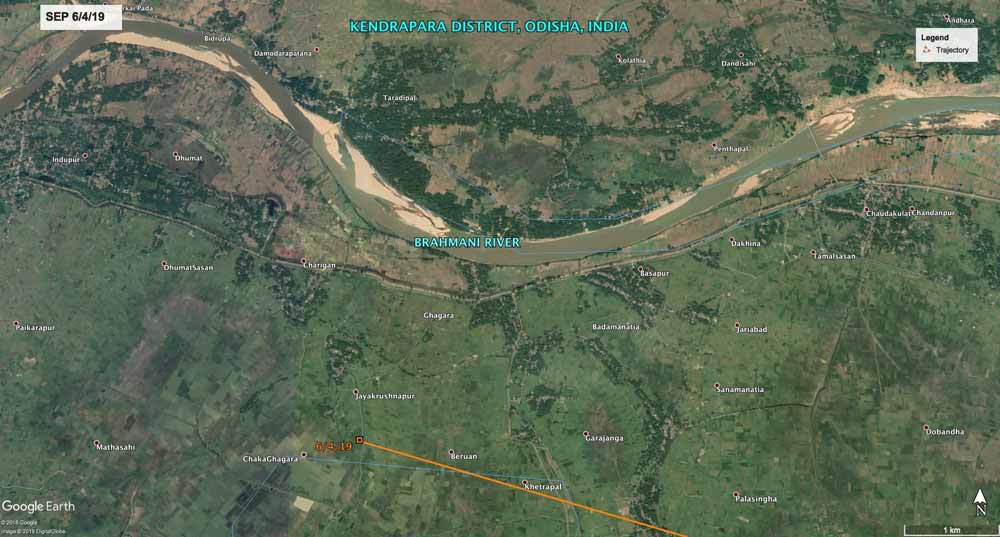
To breed or not to breed
Leg Flag SHE (PTT 83595)
For the past six weeks SHE continues to inhabit the Tonle Sap Biosphere Reserve, Cambodia (Figure 5.). It is difficult to judge whether SHEs movements in this area are an indication of potential breeding/nesting behaviour or normal foraging/roosting behaviour. We are left to wait and wonder for another week.
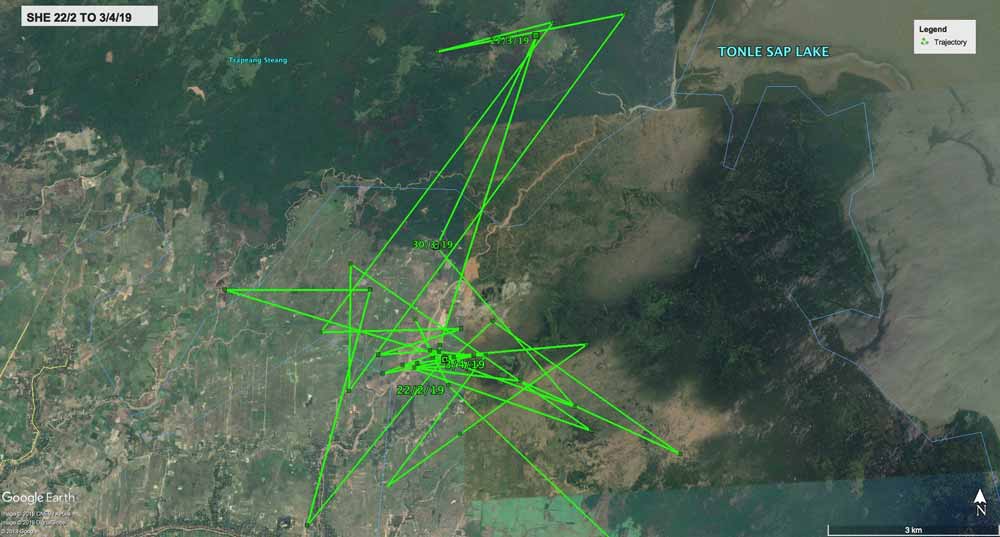
The good life in the green belt
SEC (PTT 83596)
SEC has now been in the Prey Veng Province, Cambodia, 40km northeast of Phnom Phen, for 17 days (Figure 6.). It seems that the regions fertile land benefits both the wildlife and the people of the area.
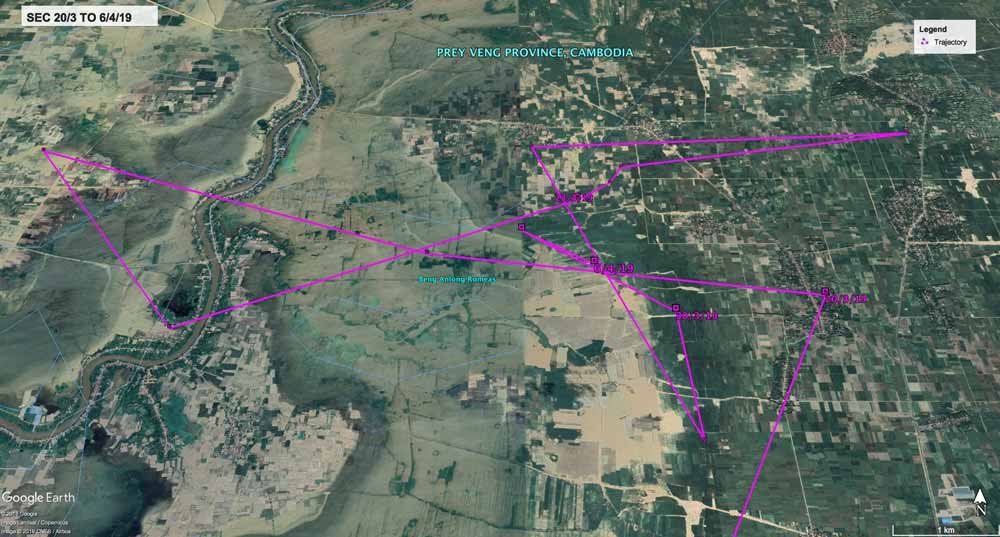
Download a PDF copy of this report – Oriental Pratincole Satellite Tracking Report Number 6
Acknowledgements
Clive Minton
The extensive and expensive satellite tracking program we have set up in NWA has only been possible through the efforts and generosity of a large number of people and organizations. It is difficult to know where to start with the formal acknowledgements so I will list them – but not in any particular order of priority.
- The members of the AWSG NWA 2019 Wader and Tern Expedition and similar NWA expeditions in previous years, are particularly thanked for their efforts in the field in catching, banding and deploying transmitters on a range of species.
- Landowners are especially thanked for permission to go onto their property to enable us to catch various species in order to deploy the satellite transmitters. In particular we thank Anna Plains Station for giving us the freedom to roam over large areas of grazed grassland when counting and catching target species.
- AWSG acknowledges the Yawuru People via the offices of Nyamba Buru Yawuru Limited for permission to catch birds on the shores of Roebuck Bay, traditional lands of the Yawuru people.
- AWSG acknowledges the Karajarri and Nyangumarta people for permission to catch birds to be marked for this project on the shores of 80 Mile Beach, traditional lands of the Karajarri and Nyangumarta.
- The cost of the satellite transmitters, which cost around $5000 each, and the satellite downloading costs (around $1000-1500 per month) have been met by a variety of sources. Private individuals (Charles Allen and Doris Graham) have made most generous individual contributions. Kate Gorringe-Smith and her team of artists involved in The Overwintering Project made a large, generous donation from funds raised during their various public exhibitions. The annual NWA Expedition members, collectively, also provided significant funds each year.

